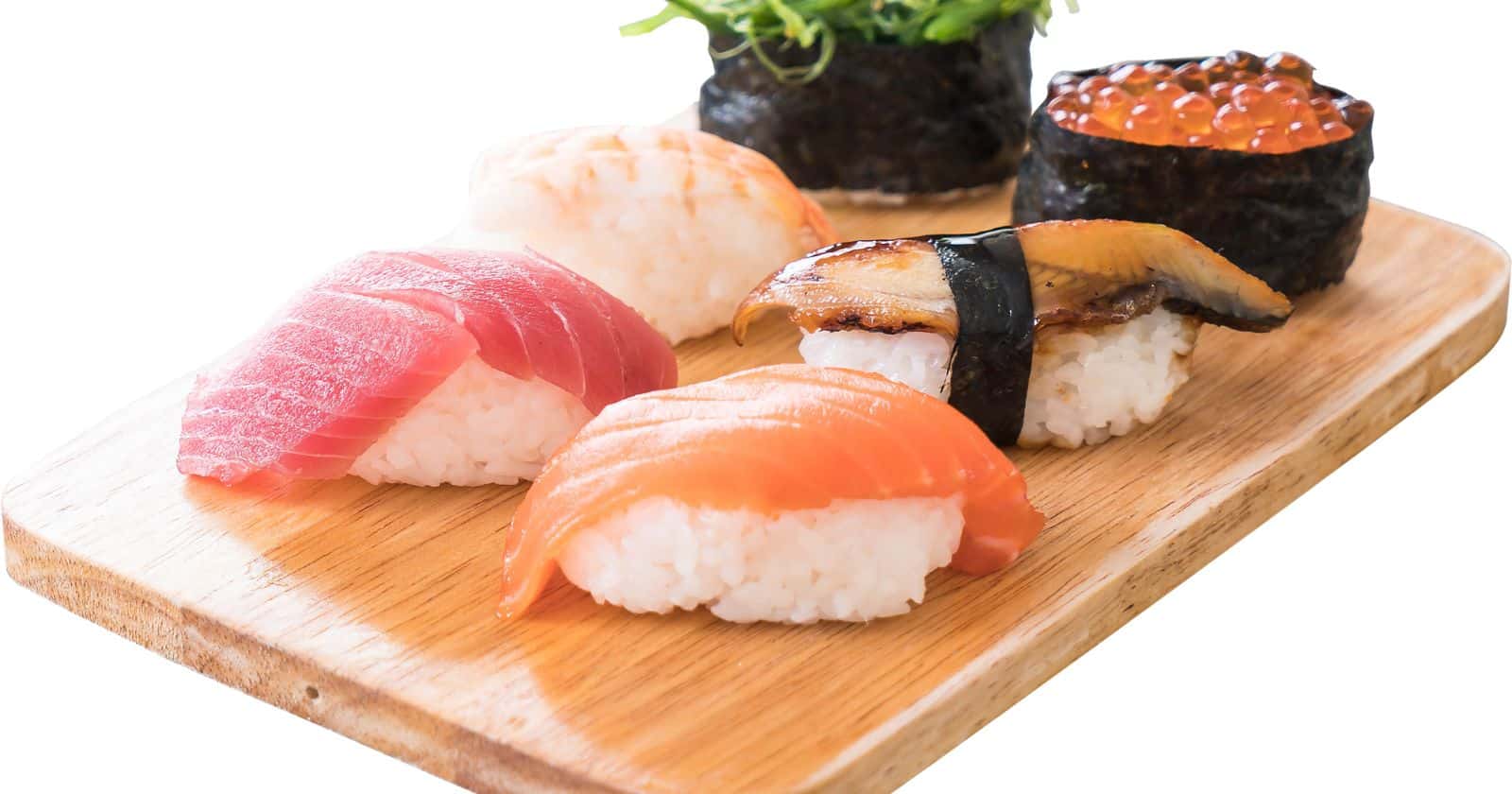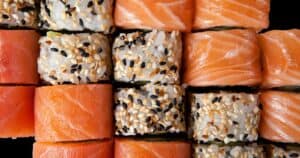Want to know where your favorite sushi joint gets their super fresh seafood? Here’s the inside scoop on where restaurants buy their fish.
Ever wonder where sushi restaurants get their impeccably fresh fish for nigiri, sashimi and rolls? Sourcing high-quality seafood is crucial for any successful sushi spot. There are several go-to suppliers and markets that provide restaurants with seafood that meets the grade for raw consumption.
Many sushi restaurants buy fish from large seafood distributors and wholesalers that specialize in sushi-grade cuts. These include major national suppliers like Yama Seafood, Ming Hong International and True World Foods. Local seafood markets are also popular options, especially for smaller restaurants. Some even order directly from specialty vendors for the freshest catch possible.
Here are some of the main sources restaurants turn to for their sushi seafood:
- National distributors that supply sushi staples like tuna, salmon, yellowtail and more.
- Local fish markets for seasonal catches and specialty varieties.
- Online seafood companies that ship fresh fish overnight.
- Japanese grocery stores for pre-cut sushi fish.
- Specialty vendors for exotic sushi varieties like uni sea urchin.
Wherever they source from, sushi chefs prioritize fish quality and freshness above all. Read on to learn how to identify true sushi-grade seafood.
National Seafood Distributors
Many sushi restaurants buy fish from large national seafood distributors that specialize in sushi-grade seafood. These companies have the size and capabilities to provide consistent quality and variety.
Major distributors like True World Foods and Yama Seafood supply all types of restaurants, from high-end sushi bars to grab-and-go shops. Their broad network allows them to source quality seafood from around the world.
These distributors offer timely delivery of sushi staples like tuna, salmon, yellowtail, snapper, octopus and more. Their size also gives them competitive pricing. This helps restaurants keep their overhead costs in check.
For any sushi restaurant, a reputable national seafood distributor is essential for accessing quality fish year-round.
Local Seafood Markets
In addition to national suppliers, many sushi chefs shop local seafood markets for the freshest seasonal catches. Local markets provide fish that is hyper-fresh, having been caught in nearby waters.
Shopping local fish markets enables sushi restaurants to take advantage of what’s biting based on the time of year. This allows them to create seasonal sushi specials featuring the best regional seafood.
Local seafood allows chefs to experiment with unique varieties not offered by national distributors. It also helps support local fishermen and the community.
Online Seafood Companies
Another option is ordering sushi-grade seafood from online companies that specialize in overnight shipping.
Vendors like Catalina Offshore Products box up ultra-fresh seafood and ship it nationwide packed with gel ice packs to guarantee quality. Their online seafood market features tuna, salmon, halibut, yellowtail and more.
The convenience of online ordering combined with overnight delivery means restaurants can get incredibly fresh seafood, even if they aren’t located near a coastline. It expands options for sourcing quality fish.
Japanese Grocery Stores
An often-overlooked source for sushi fish is Japanese grocery stores. Particularly on the coasts, many Japanese markets have fresh seafood counters that stock sushi-ready fish.
The fish at these grocers is extremely high quality, since the Japanese strictly regulate sushi seafood. Their fillets are pre-cut for making nigiri or sashimi.
Japanese markets are great options for picking up small quantities of fish to supplement what restaurants source from main distributors. Their offerings are very authentic.
Direct From Fishing Vessels
Some premier sushi restaurants cut out the middleman and buy fish directly from fishing vessels at local docks. This ensures absolute freshness and peak quality.
For example, Honolulu Fish Company dock-loads fresh catches from their own boats straight to restaurants. The fish is sushi-grade and often still alive when unloaded.
Direct-from-fisher purchases involve coordination to align with fishing schedules. But the unparalleled freshness is worth it for high-end sushi bars.
Local Grocery Stores
Believe it or not, many sushi restaurants also source ingredients from local grocery store seafood sections. For supplementary ingredients like crab sticks, roe, and oysters, grocery stores offer convenience and adequate quality at a good value.
High-turnover seafood departments ensure the fish stays fresh. And choosy chefs can hand-select pieces to meet their standards. For minor sushi ingredients, the grocery store works in a pinch.
So next time you enjoy an incredible sushi meal, consider the global supply chain that brought high-quality seafood from ocean to plate. Sourcing the best fish takes skill, relationships and dedication to quality.





